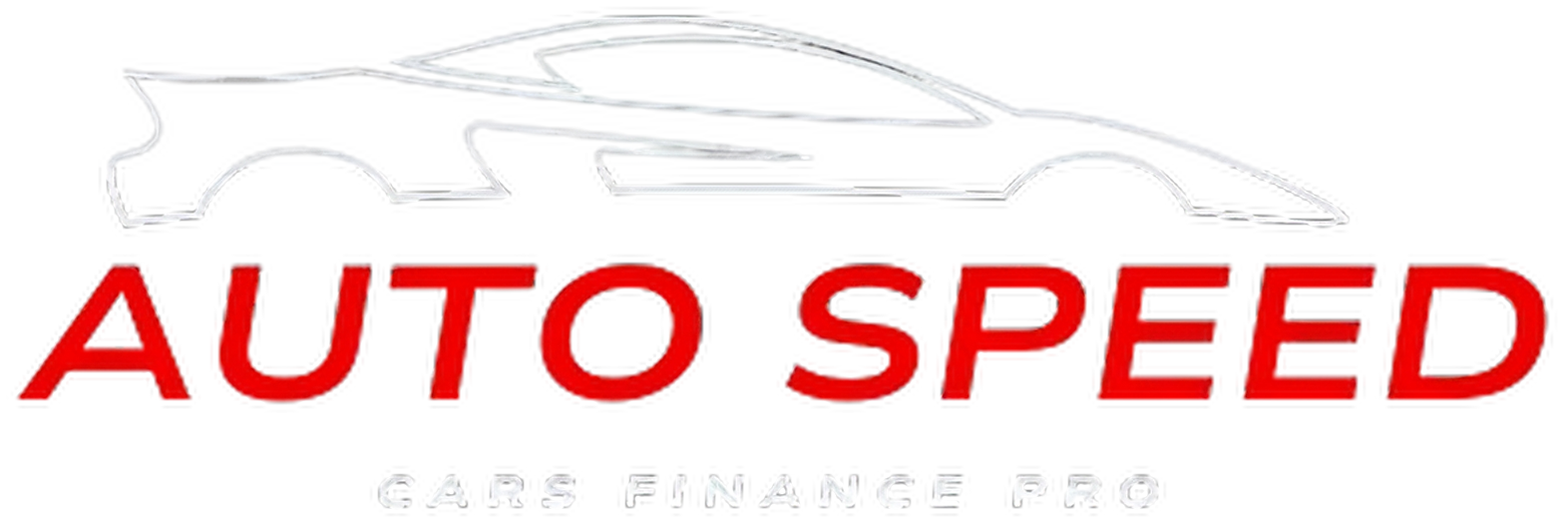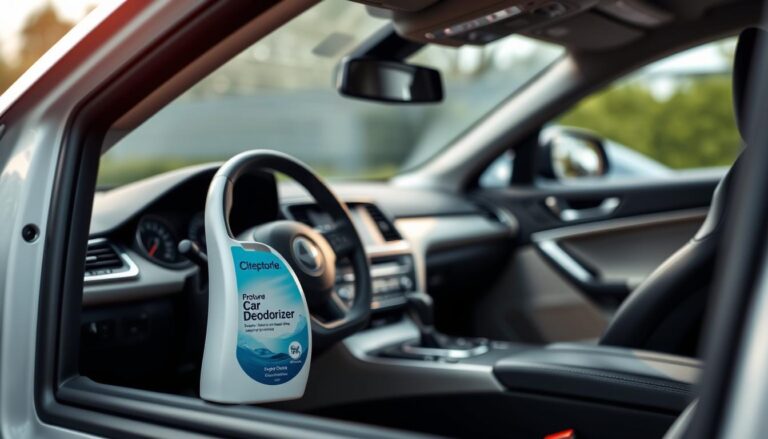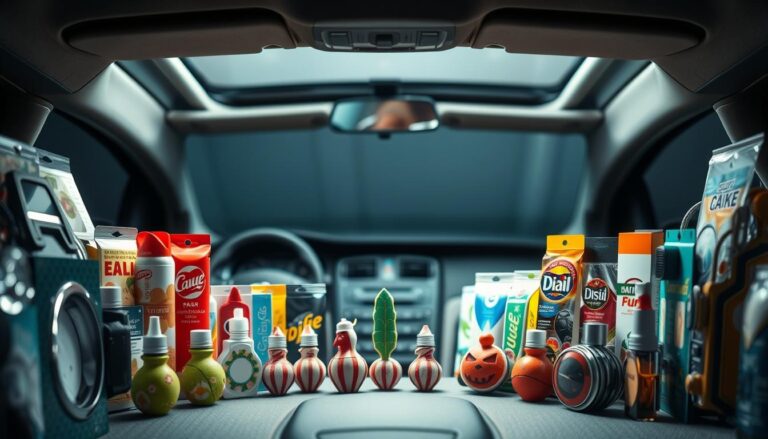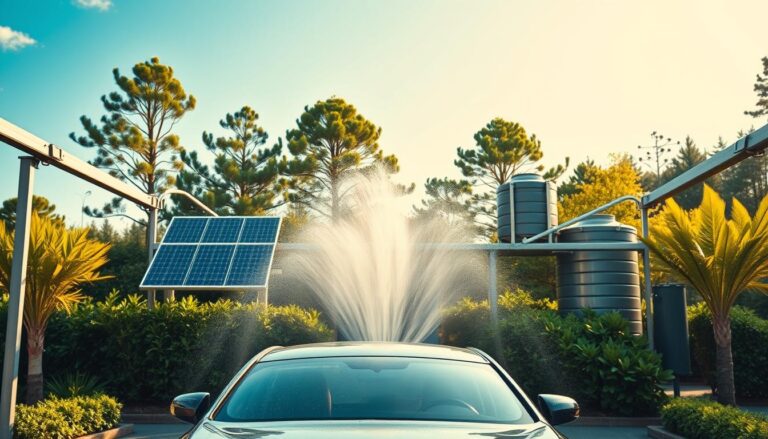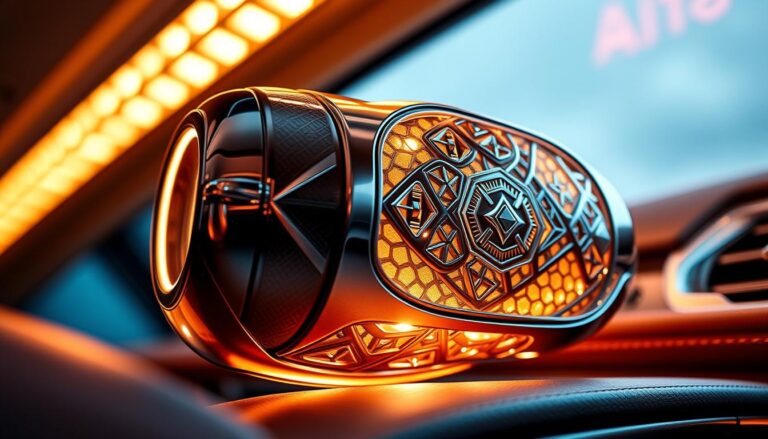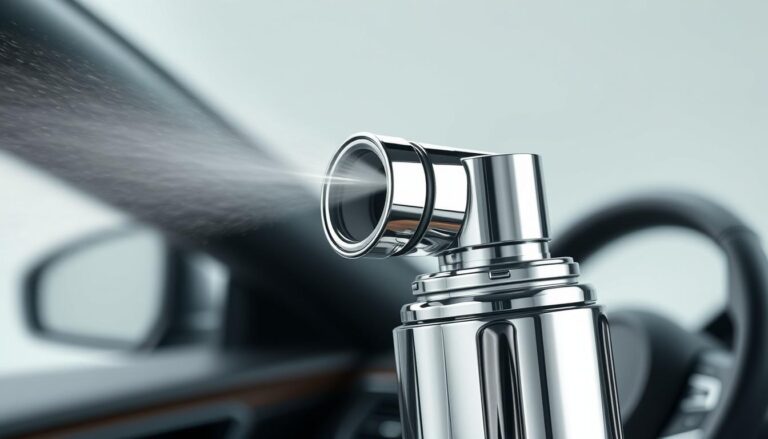Is a Touchless Car Wash Better for Your Car’s Paint?
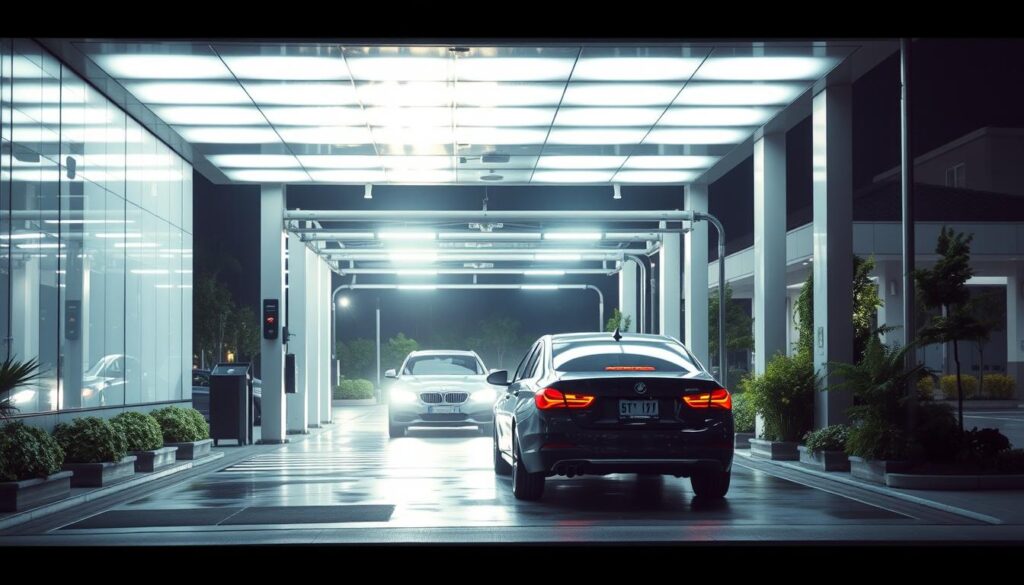
Table of Contents
Car owners are looking for new ways to keep their vehicles looking great. The touchless car wash is seen as a good option for protecting car paint without causing damage. Traditional washing can scratch or swirl the paint because it involves direct contact.
Modern car lovers are choosing touchless car wash technology over old methods. It uses high-pressure water and special chemicals to clean without touching the car’s exterior. This is a gentler way to keep the car looking new.
More people are using touchless car washes because they clean well and don’t harm the paint. Drivers want a simple way to keep their cars looking perfect and safe from damage.
Key Takeaways
- Touchless car washes offer a potentially safer cleaning method for vehicle paint
- High-pressure water and specialized chemicals replace traditional scrubbing techniques
- Minimizes risk of surface scratches and swirl marks
- Provides a convenient and efficient car cleaning solution
- Represents an innovative approach to automotive maintenance
What is a Touchless Car Wash?
Touchless car wash technology is a new way to clean cars without touching them. It uses high-pressure water jets and special chemicals to remove dirt. This method is different from old ways of washing cars.
Today, touchless car wash systems change how we keep our cars looking good. They use the latest technology for a gentle yet effective clean.
How Touchless Technology Works
The heart of touchless car wash tech is in its engineering and chemistry. It uses special parts to clean cars in a smart way:
- High-pressure water nozzles placed around the car
- Advanced sensors that know the car’s shape
- Special chemicals that break down dirt
- Computer systems that control everything
Key Components of Touchless Systems
Automatic car wash systems need a few key parts to clean well:
- Sensor Technology: Maps the car’s shape
- Pressurized Water Jets: Clean without touching
- Chemical Dispensers: Use special cleaning solutions
- Rinse Mechanisms: Apply water without spots
The Evolution of Car Wash Technology
Car wash tech has changed a lot, from manual washing to touchless systems. Old car washes used brushes that could scratch paint. Now, touchless systems are safer and more efficient, protecting cars while cleaning well.
Modern touchless car wash systems represent the pinnacle of automotive cleaning innovation.
The Science Behind Touchless Car Washing Methods
Touchless cleaning technology is a game-changer for car care. It uses science to clean your car without touching it. This keeps your car’s paint safe.
High-pressure washing is key to this new way of cleaning. It works thanks to a few important science factors:
- Precise water jet dynamics
- Advanced chemical interaction
- Targeted pressure application
Water physics is crucial in touchless cleaning. Specialized nozzles create high-velocity water streams that remove dirt with just water. These streams can go up to 1,500 PSI, cleaning well without scratching your car.
“The future of car washing is contactless, driven by advanced scientific principles of fluid dynamics and surface chemistry.” – Automotive Cleaning Innovations Research Group
Chemicals help by breaking down hard dirt. Surfactants work at a molecular level, making water better at lifting dirt. The temperature and quality of the water also matter a lot for cleaning.
| Cleaning Factor | Impact on Performance |
|---|---|
| Water Pressure | Direct correlation with dirt removal |
| Chemical Composition | Determines contaminant breakdown |
| Water Temperature | Increases cleaning efficiency |
Knowing these science facts helps us see how advanced touchless car washing is.
Comparing Traditional vs. Touchless Car Washes
Car owners have to decide between old car wash methods and new touchless ones. The debate between traditional and touchless car washes is ongoing. It affects how we keep our vehicles clean.
Knowing the differences helps drivers choose the best way to clean their cars.
Cost Considerations
Costs for washing cars differ between traditional and touchless methods. Here are some financial points to consider:
- Traditional car wash: Lower initial cost
- Touchless car wash: Potentially higher upfront expense
- Long-term paint preservation: Touchless methods may reduce repair costs
Time Efficiency Analysis
How fast and convenient a car wash is matters a lot:
| Wash Method | Average Time | Wait Duration |
|---|---|---|
| Traditional Car Wash | 15-20 minutes | 10-15 minutes |
| Touchless Car Wash | 8-12 minutes | 5-8 minutes |
Cleaning Effectiveness Evaluation
How well each method cleans is different:
- Touchless systems: Excellent for light to moderate dirt
- Traditional brush methods: Better for heavy mud and stubborn contaminants
- Paint protection remains a key differentiator
Drivers need to think about these points when picking a car wash method.
Impact of High-Pressure Water on Vehicle Paint
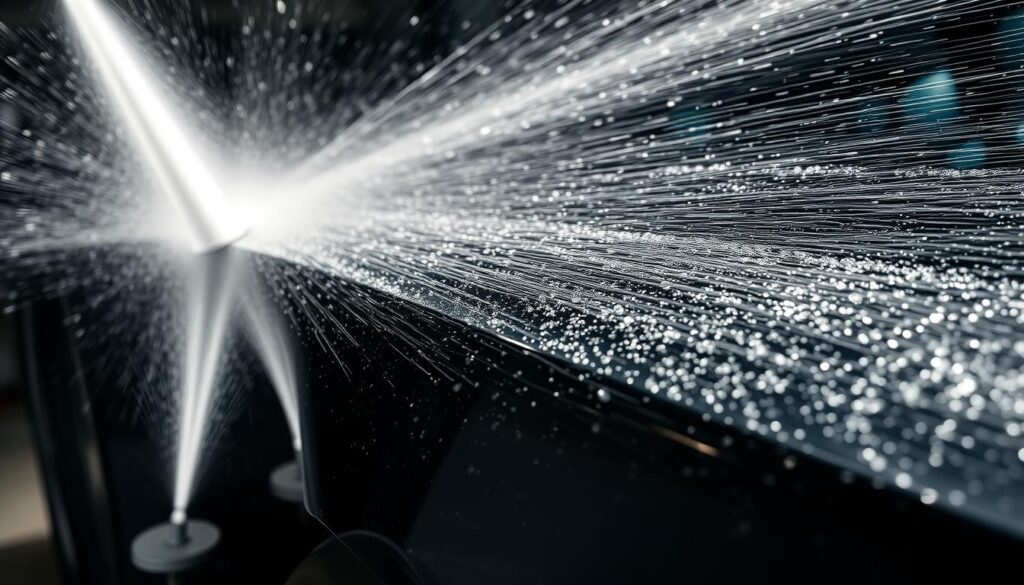
Many car owners are concerned about paint damage from high-pressure car washes. Modern car paints are now more resistant to water pressure. This makes touchless washing safer than ever.
The success of a high-pressure car wash depends on a few key things:
- Water pressure intensity
- Nozzle distance from vehicle surface
- Age and condition of vehicle paint
- Quality of washing equipment
Professional car wash systems adjust water pressure carefully to avoid paint damage. Most cars have multi-layer paints with clear protective coatings. These coatings can handle a lot of water force.
“Professional car washes use specialized nozzles and pressure settings designed to clean without compromising paint integrity.” – Automotive Detailing Expert
To avoid paint damage, it’s important to keep water pressure right (usually 1200-1900 PSI). Also, nozzles should be at least 12-18 inches from the car. Some car wash systems use sensors to adjust pressure based on the surface.
Newer cars with ceramic or nano-ceramic paint are more resistant to water pressure. This reduces the chance of paint damage during automated washes.
Chemical Solutions Used in Touchless Systems
Touchless car wash technology uses special chemicals to clean cars without touching them. These chemicals help break down dirt and protect the car’s paint.
Today’s car wash solutions are both effective and kind to the environment. They offer a better way to clean cars without harming the planet.
Pre-wash Solutions
The first step in touchless car washing is using pre-wash chemicals. They target different types of dirt:
- Heavy dirt and road grime
- Organic materials like bug residue
- Industrial fallout and environmental pollutants
Main Wash Chemicals
| Chemical Type | Primary Function | Environmental Impact |
|---|---|---|
| Alkaline Cleaners | Remove grease and heavy soil | Low environmental strain |
| Acidic Detergents | Break down mineral deposits | Carefully formulated for minimal ecological impact |
| pH-Neutral Solutions | Safe for multiple surface types | Eco-friendly and gentle |
Spot-free Rinse Additives
The last step in touchless car washing is using special spot-free rinse chemicals. These advanced formulations prevent water spot formation by using deionized water and special surfactants that promote quick, streak-free drying.
Car wash facilities are always improving their chemicals. They aim to clean cars better while being gentle on the environment.
Benefits of Choosing Touchless Car Washes
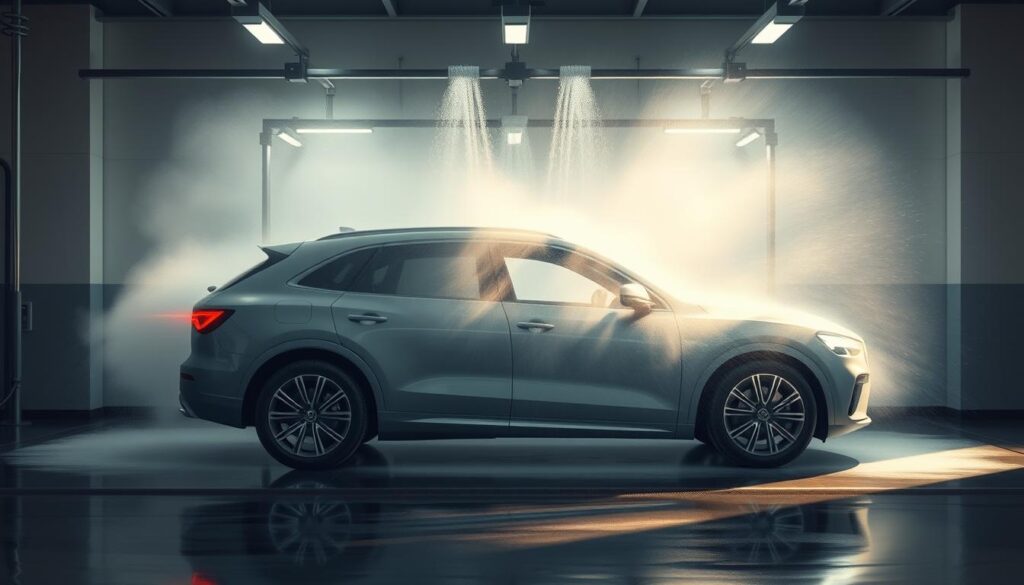
Touchless car washes are great for keeping your car’s paint looking new. They use advanced systems that clean your car gently but effectively. This way, you avoid the damage that can happen with old-fashioned washing methods.
The main benefits of touchless car wash technology are:
- Less chance of scratches and swirl marks on your car’s paint
- They clean hard-to-reach spots well
- They’re safer for your car’s parts
- Washing is quicker and easier
Keeping your car’s paint safe is very important. Touchless car washes don’t touch your car’s surface. Instead, they use high-pressure water and special chemicals to clean it without scratching.
Especially, cars with special or delicate paint jobs do well with touchless washing. These systems protect the clear coat and keep your car looking good by controlling the water pressure and using the right cleaning agents.
Professional detailers say touchless car washes are the best way to keep your car looking great and protect its paint for a long time.
Today’s touchless car wash technologies have changed how we clean cars. They offer a modern, efficient, and safe way to wash your car without harming its paint.
Potential Drawbacks and Limitations
Touchless car washes are convenient but have their own set of limitations. Not every cleaning method works for every car. The effectiveness of touchless car washes depends on several factors.
Knowing the limitations of touchless car washes helps drivers make better choices for their car’s care. Several important factors can affect how well the car is cleaned.
Challenging Cleaning Areas
Some car parts are hard to clean with touchless systems:
- Intricate wheel wells with accumulated brake dust
- Complex grille designs with tight crevices
- Textured surfaces with embedded contaminants
- Areas with heavy road grime and salt residue
Environmental Performance Factors
Weather conditions greatly affect how well touchless car washes work. Extreme temperatures, humidity, and dirt can make cleaning less precise.
Vehicle-Specific Considerations
Each car type needs its own cleaning method:
- Large trucks with extensive surface areas
- Vehicles with custom paint or protective coatings
- Sports cars with aerodynamic body designs
- Vintage automobiles with delicate finishes
Understanding these limitations helps set realistic expectations. It also helps keep your car looking good.
Maintaining Your Car’s Paint with Touchless Washes
Keeping your car’s paint in top shape is key. The right touchless wash schedule is vital. It helps your car stay looking great and avoids paint damage.
Here are some tips for car paint care:
- Set up a regular touchless wash schedule based on your driving habits
- Use extra treatments to protect your car’s paint between washes
- Choose the right chemicals for different environmental challenges
The best touchless wash schedule depends on a few things:
- Climate exposure: Places with lots of pollution or salt need more washes
- Driving patterns: City driving with lots of debris means more washes
- Vehicle storage: Cars parked outside need more care
Adding professional detailing to your routine can make your car’s paint last longer. Waxing or ceramic coating adds extra protection against dirt and pollution.
Detailers say wash your car every two weeks to keep the paint in great shape.
Before a touchless wash, clean off loose dirt and check for paint issues. This helps your car get the best clean and keeps the paint safe.
Best Practices for Using Touchless Car Washes
Getting the most out of touchless car washes needs careful prep and attention. Preparing your car well is key for the best clean and to keep your car’s finish safe.
Before you go through a touchless car wash, remember these important tips:
- Remove loose items from exterior surfaces
- Close all windows and sunroof completely
- Fold in side mirrors to prevent damage
- Check tire pressure and secure any loose trim
Professional detailers say to check your car well before the wash. Look for any paint damage or spots that need extra care.
“Preparation is key to getting the most out of your touchless car wash experience” – Auto Detailing Experts
After the wash, do more to make your car look great:
- Dry the vehicle with a microfiber towel
- Apply quick detailer spray for extra shine
- Inspect for any missed spots or water streaks
- Consider a light wax application for protection
Knowing how your touchless car wash system works and following the maker’s advice will give you the best clean. It also keeps your car’s paint and finish safe.
When to Avoid Touchless Car Washes
Not all situations are right for touchless car washes. It’s important to know when to choose other car wash methods. This can help protect your car’s paint and avoid damage.
Critical Weather Conditions
Extreme temperatures can affect how well a touchless car wash works. In certain weather, it’s better to choose other car wash options. This is true for:
- Freezing temperatures below 32°F
- Intense heat exceeding 95°F
- High humidity environments
Vehicle Damage Scenarios
Some car conditions need extra care before using a touchless car wash. Hand washing might be better when:
- Deep scratches are present
- Paint shows signs of significant wear
- Existing body damage could worsen
Special Paint Considerations
Certain paint finishes need special care. Consider these scenarios:
| Paint Type | Recommended Action |
|---|---|
| Matte Finish | Avoid automatic washes, use hand washing |
| Fresh Paint Job | Wait 30-60 days before any automated washing |
| Ceramic Coated | Use pH-neutral hand washing techniques |
Professional detailers recommend carefully evaluating your vehicle’s specific needs before selecting a car wash method.
Conclusion
Touchless car washes do more than just clean your car. They protect the paint from damage. This is especially important for keeping your car looking good for a long time.
Choosing the right car wash method is key. Touchless car washes are great, but they might not work for everyone. You need to think about your car, where you live, and what you need to keep it clean.
Experts say to use touchless car washes with other protection methods. Regular checks and professional detailing help keep your car looking new. This way, you protect your car’s looks and structure.
This guide helps you make smart choices for your car’s care. The main goal is to keep your car’s paint looking great. And to avoid damage that can harm its appearance.
FAQ
Are touchless car washes safe for all types of vehicle paint?
Touchless car washes are usually safe for most modern paints. But, how well they work depends on the car’s age, paint condition, and the environment. Newer cars with good clear coats usually do well with touchless washes.
How often should I use a touchless car wash?
Experts say wash your car every two weeks. If you live in polluted or salty areas, you might need to wash it more often. The right frequency depends on your car’s exposure and where you live.
Do touchless car washes completely remove all dirt and grime?
Touchless car washes are good, but they might not get rid of all stubborn dirt. They use high-pressure water and special chemicals to clean most dirt. But, some stains might need extra care.
What is the average cost of a touchless car wash?
Prices for touchless car washes range from $10 to $25. This depends on where you are, the services offered, and if it’s at a gas station or a standalone facility. Premium services can cost up to $30-$35.
Can touchless car washes damage sensitive vehicle components?
Modern touchless systems are designed to be safe. But, loose parts or damaged weatherstripping might be at risk. Always check your car and secure or remove any fragile parts before washing.
Are touchless car washes environmentally friendly?
Many touchless car washes are now eco-friendly. They use water recycling and biodegradable cleaners. Some systems even use less water than traditional hand washing.
How long does a typical touchless car wash take?
A typical touchless car wash takes 3-5 minutes. Including driving in and out, it’s about 7-10 minutes. It’s a quick and easy option for busy people.
Can touchless car washes remove water spots?
Touchless car washes use additives to prevent water spots. But, they might not remove existing spots. For tough spots, you might need extra detailing or treatments.
Do touchless car washes work well during winter?
Winter can be tough for touchless car washes. Cold temperatures can affect how well the chemicals and water work. Choose a wash with winter-friendly features.
How do touchless car washes differ from traditional brush washes?
Touchless car washes use water jets and chemicals, not brushes. This makes them gentler on paint, reducing scratches and swirl marks. It’s a safer option for your car’s paint.
